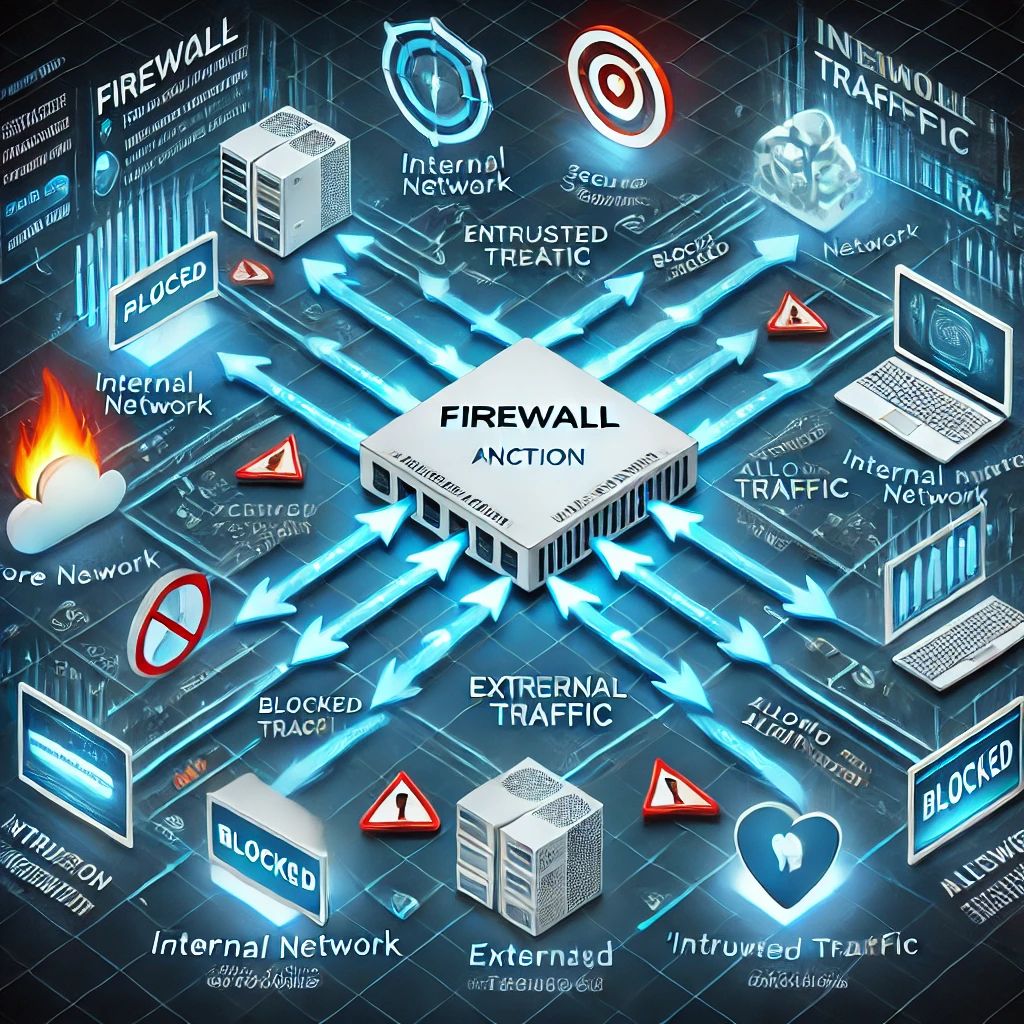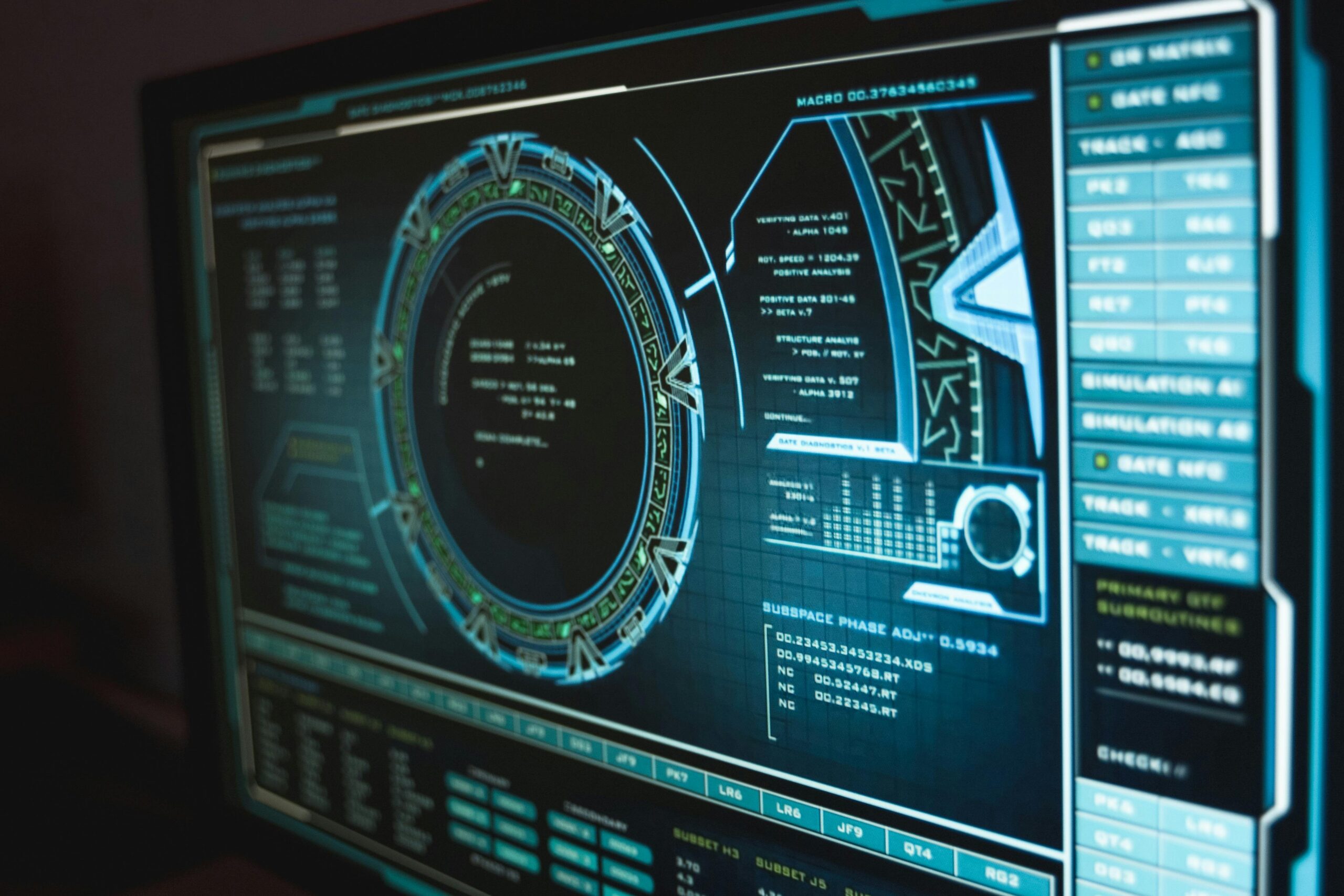In today’s hyper-connected world, cybersecurity is more critical than ever. Cyber threats are becoming increasingly sophisticated, with new attack vectors targeting organizations, individuals, and critical infrastructure. As we move deeper into 2025, businesses must stay ahead by understanding key cybersecurity trends and adopting proactive strategies to protect their data and systems.
Here’s a look at the top cybersecurity trends shaping the landscape in 2025.
🔥 Key Cybersecurity Trends in 2025
1️⃣ AI-Powered Cyberattacks and AI-Driven Defense
Artificial Intelligence (AI) is a double-edged sword in cybersecurity. While AI is used to enhance security, cybercriminals are also leveraging it to launch more sophisticated attacks, such as automated phishing, AI-based malware, and real-time data manipulation.
How to Respond:
- Use AI-driven threat detection tools for real-time monitoring.
- Employ behavior-based analytics to detect anomalies.
- Invest in cybersecurity automation to reduce response times.
2️⃣ Zero Trust Architecture (ZTA)
The traditional perimeter-based security model is no longer sufficient in today’s distributed environment. Zero Trust Architecture assumes that no user or device should be trusted by default, even within the network.
Core Principles of Zero Trust:
- Verify every access request.
- Enforce least privilege access.
- Monitor continuously for suspicious activity.
Adoption of Zero Trust will be essential for businesses with remote workforces, multi-cloud environments, and hybrid networks.
3️⃣ Rise of Ransomware-as-a-Service (RaaS)
Ransomware attacks have become more accessible with the rise of Ransomware-as-a-Service (RaaS) platforms, where cybercriminals can purchase ransomware kits and launch attacks without advanced technical skills.
These attacks target organizations of all sizes and sectors, demanding hefty ransom payments in exchange for data decryption.
How to Defend Against Ransomware:
- Regularly back up critical data and store it offline.
- Use endpoint detection and response (EDR) solutions.
- Educate employees on identifying phishing and social engineering attempts.
4️⃣ Cloud Security Focus
With the continued rise of cloud adoption, securing cloud environments is a top priority. Multi-cloud strategies and containerized applications introduce new vulnerabilities, making cloud security complex.
Key Areas of Cloud Security:
- Cloud-native security solutions for containers and serverless functions.
- Multi-cloud security management.
- Identity and access management (IAM) for cloud services.
5️⃣ IoT and OT Security Risks
The proliferation of Internet of Things (IoT) and Operational Technology (OT) devices creates more entry points for attackers. As these devices are often poorly secured, they are prime targets for botnets, DDoS attacks, and ransomware.
Best Practices for IoT/OT Security:
- Segment IoT and OT networks.
- Use device-level authentication and encryption.
- Regularly update firmware and patch vulnerabilities.
6️⃣ Supply Chain Attacks
Cybercriminals increasingly target supply chains to gain access to larger networks. These attacks exploit vulnerabilities in third-party vendors, making them difficult to detect. Notable examples include the SolarWinds attack and Kaseya ransomware incident.
Mitigation Strategies:
- Conduct regular security assessments of third-party vendors.
- Implement strict access controls for external partners.
- Monitor for unusual activity in supply chain systems.
📈 Cybersecurity Innovations to Watch
In response to these evolving threats, several innovations are emerging to bolster defenses:
- Extended Detection and Response (XDR): Unified security tools that provide comprehensive visibility and faster response times.
- Post-Quantum Cryptography: Preparing for quantum computing’s impact on encryption.
- Secure Access Service Edge (SASE): Converges networking and security functions in the cloud for improved protection in distributed environments.
🛡️ Staying Prepared: Proactive Cybersecurity Strategies
- Adopt a Risk-Based Approach: Focus on protecting your most critical assets.
- Implement Multi-Factor Authentication (MFA): Reduce the risk of compromised credentials.
- Regularly Train Employees: Human error remains a major security risk—cybersecurity awareness training is essential.
- Monitor and Respond in Real Time: Invest in security monitoring tools with real-time response capabilities.
🎯 Final Thoughts
Cybersecurity is an ever-evolving field, and staying ahead requires continuous adaptation and vigilance. By understanding the latest trends and adopting proactive security measures, businesses can reduce their risk and build resilience against the growing cyber threat landscape.
In 2025, the organizations that prioritize AI-driven defense, Zero Trust, and cloud security will be best positioned to protect themselves and thrive in the digital age.
Want to stay updated on the latest in cybersecurity? Follow Packet-Switched.com for expert insights, practical guides, and industry news! 🚀




In an ever-evolving digital landscape, staying informed about the latest cybersecurity trends is essential for protecting sensitive data and systems. *Top Cybersecurity Trends to Watch in 2025: Staying Ahead of Emerging Threats* highlights the key challenges and innovations shaping the future of cybersecurity. By understanding these trends—ranging from AI-driven threats to zero-trust security frameworks—organizations and individuals can proactively strengthen their defenses. As cyber threats become more sophisticated, staying ahead requires continuous adaptation, investment in cutting-edge technologies, and a commitment to cybersecurity best practices.
In an increasingly digital world, staying ahead of cybersecurity threats is more critical than ever. *Top Cybersecurity Trends to Watch in 2025: Staying Ahead of Emerging Threats* provides valuable insights into the evolving landscape of cyber risks and the strategies needed to mitigate them. By understanding these trends, businesses and individuals can strengthen their defenses, adapt to new challenges, and proactively safeguard their data and systems. As cyber threats continue to evolve, staying informed and prepared will be key to maintaining security and resilience in 2025 and beyond.
In an era of rapidly evolving cyber threats, staying informed about emerging cybersecurity trends is essential for individuals and organizations alike. *Top Cybersecurity Trends to Watch in 2025: Staying Ahead of Emerging Threats* highlights key developments, including AI-driven security, zero-trust architecture, and advanced threat detection. By proactively addressing these trends, businesses can strengthen their defenses and mitigate risks in an increasingly digital world. As cyber threats grow more sophisticated, continuous adaptation and investment in robust security measures will be crucial for safeguarding sensitive data and systems.
In *Top Cybersecurity Trends to Watch in 2025: Staying Ahead of Emerging Threats*, we explore the evolving landscape of digital security and the critical challenges organizations will face in the coming year. As cyber threats grow more sophisticated, proactive adaptation is essential to safeguarding data, systems, and privacy. By staying informed about emerging risks—such as AI-driven attacks, quantum computing vulnerabilities, and stricter regulatory demands—businesses and individuals can take strategic steps to strengthen their cybersecurity posture. In an era of constant digital transformation, vigilance and innovation will be key to staying ahead of cybercriminals.
In an ever-evolving digital landscape, staying ahead of cybersecurity threats is more critical than ever. *Top Cybersecurity Trends to Watch in 2025: Staying Ahead of Emerging Threats* provides valuable insights into the latest challenges and innovations shaping the future of cybersecurity. By understanding these trends, businesses and individuals can take proactive measures to safeguard their data, systems, and networks. With emerging technologies and evolving threats, staying informed and prepared is the key to maintaining a strong cybersecurity posture in 2025 and beyond.